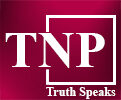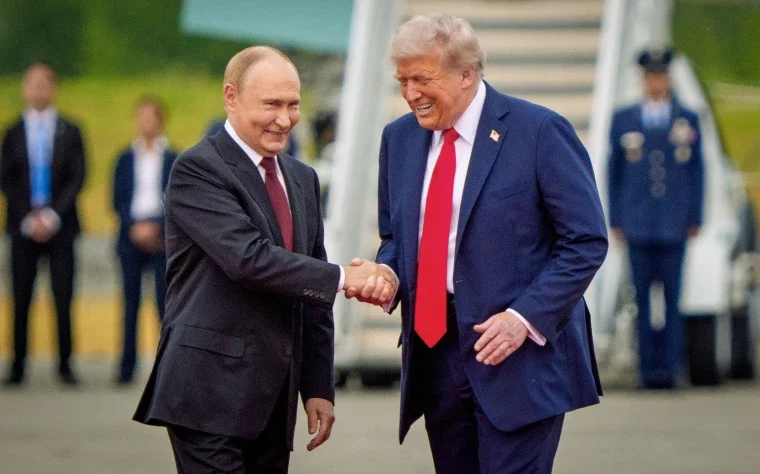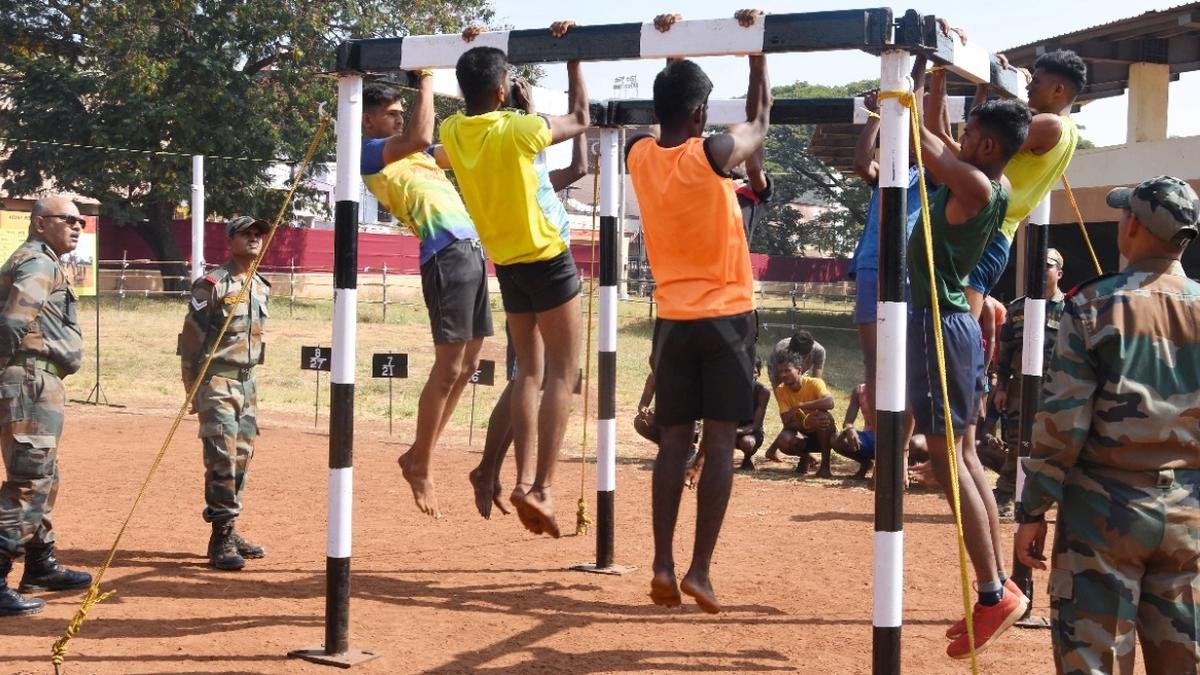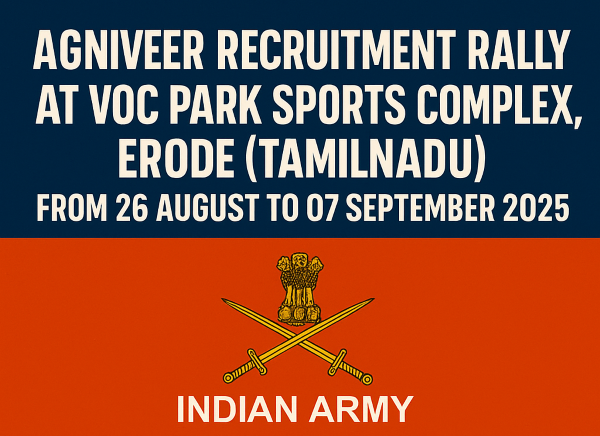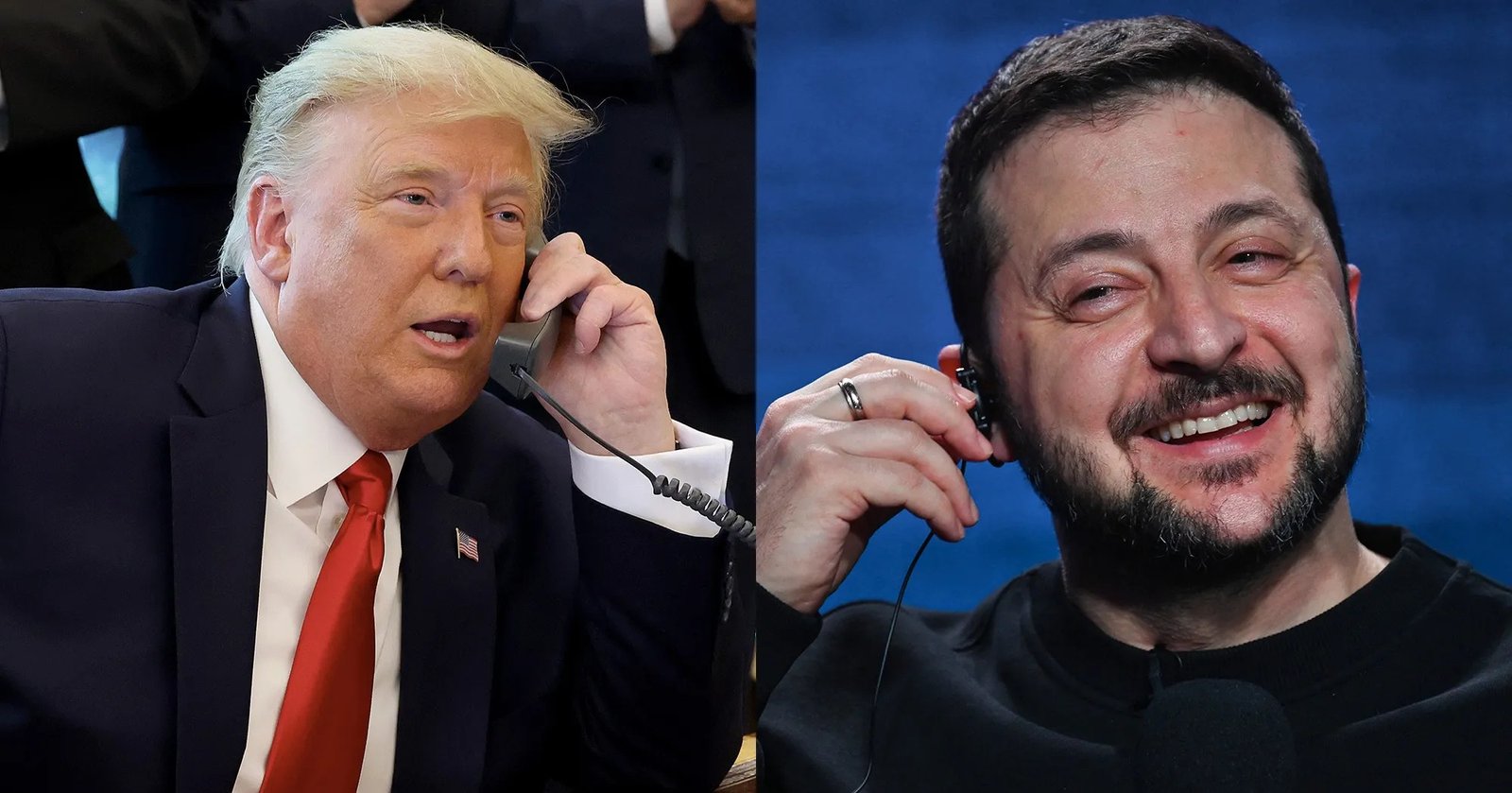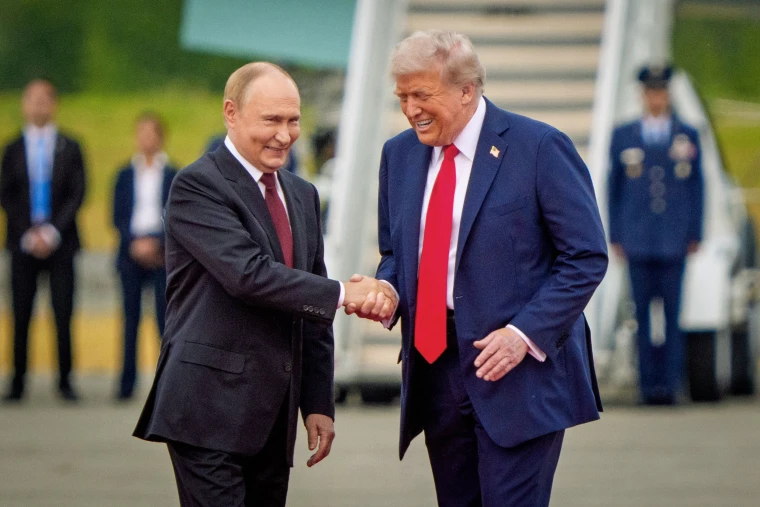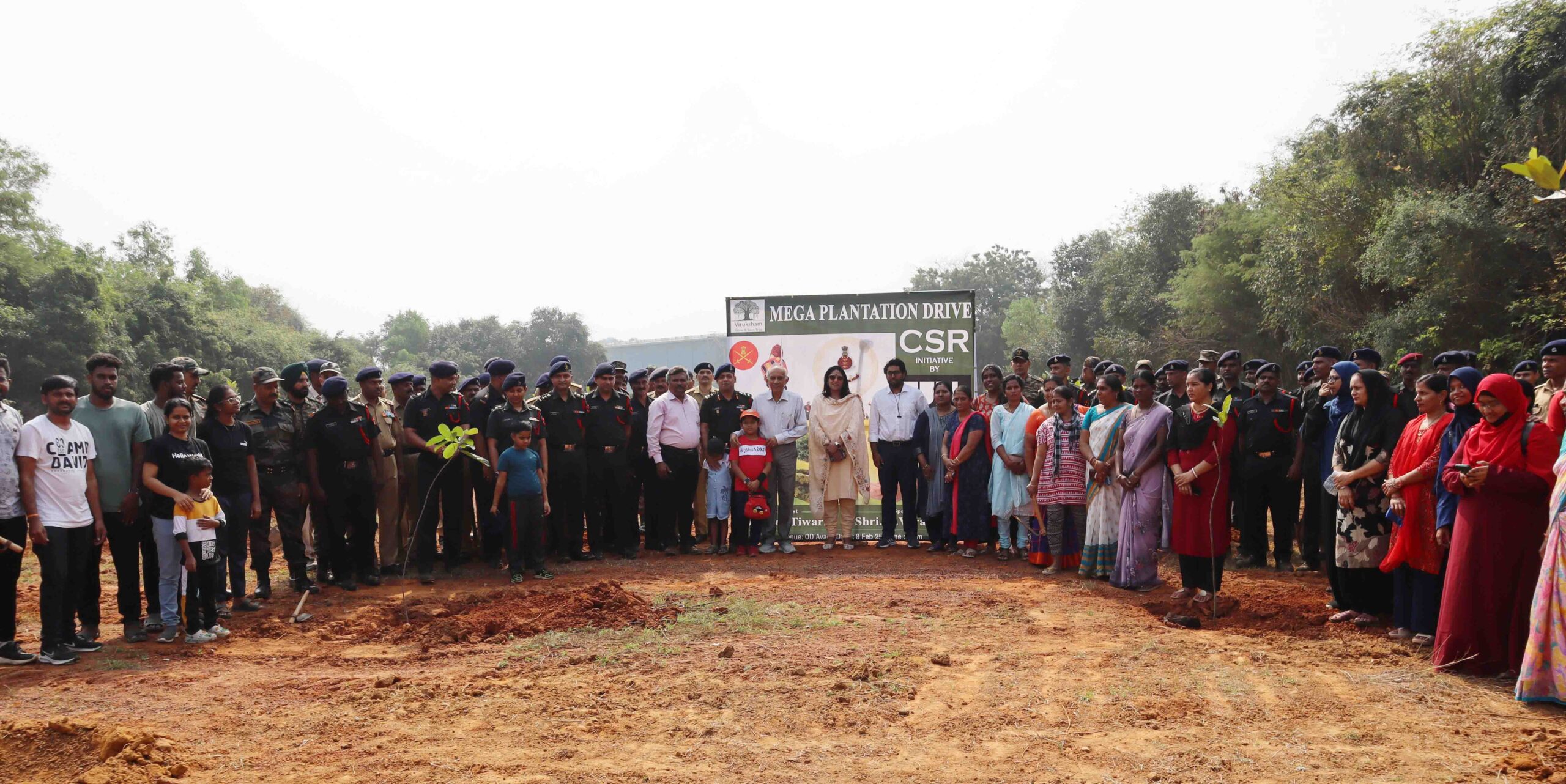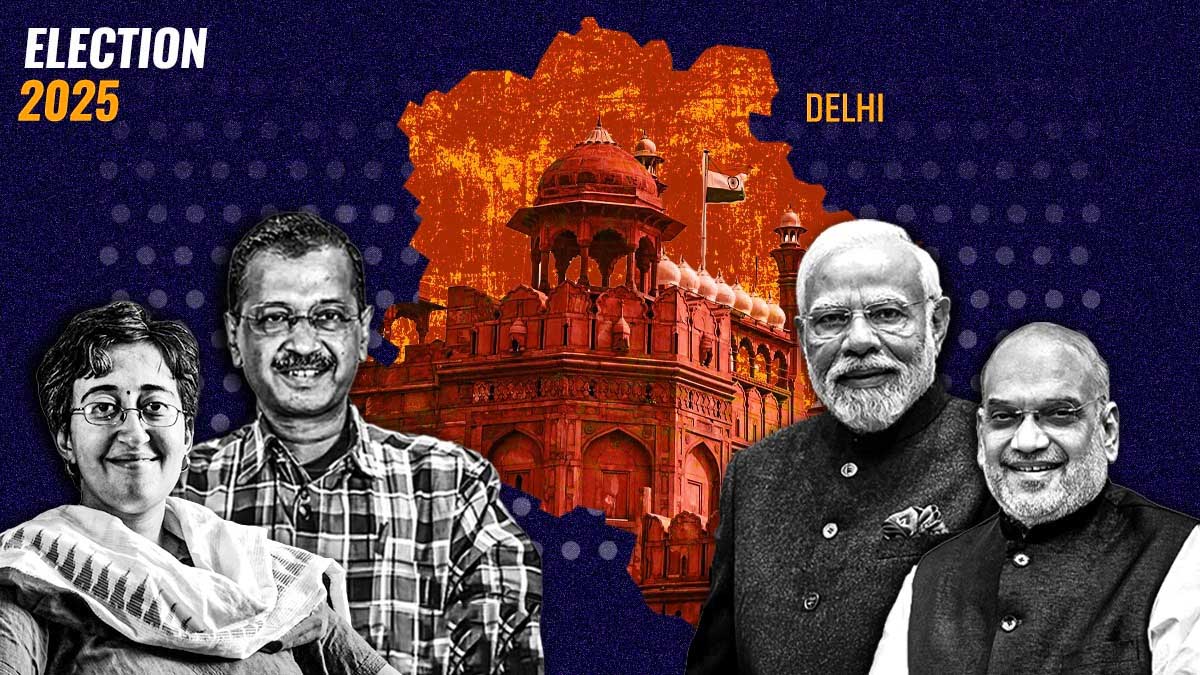The meeting between former U.S. President Donald Trump and Russian President Vladimir Putin in Anchorage, Alaska, on 15 August 2025, has already been described by many as one of the most significant diplomatic encounters in recent years. While the carefully choreographed reception with fighter jet salutes and ceremonial red carpets provided the optics of grandeur, the substance of the discussions revealed the complexities of contemporary geopolitics. The central theme of the summit was the continuing Russia – Ukraine conflict, yet as expected, the talks concluded without a breakthrough. Trump declared the interaction “profound and productive,” but he stopped short of announcing any concrete peace deal. Putin, true to his assertive stance, reiterated his non-negotiable conditions: the demilitarisation of Ukraine and Kyiv’s exclusion from NATO. In effect, the Alaska summit was more about optics and positioning than about real solutions.
Shifting Equations: U.S.–Russia Relations and NATO Anxiety
For Washington, this meeting symbolises an attempted thaw in relations with Moscow, but it also underscores a shift towards transactional diplomacy where bilateral optics are prioritised over multilateral commitments. Europe and NATO, conspicuously absent from the discussions, viewed the development with unease. Many European capitals fear that Trump, in his eagerness to strike a personal understanding with Putin, could end up weakening the united Western front painstakingly built over the last three years. NATO’s credibility, already strained by internal differences, may further be tested if the U.S. chooses to act unilaterally. Thus, while Putin gained the symbolic victory of not appearing isolated on the world stage, Europe was left wary and on the defensive, reinforcing its need to rely more on internal cohesion than on U.S. guarantees.
India’s Position and the Tariff Miscalculation
For India, the ramifications of this summit are particularly layered. At a time when New Delhi is managing difficult equations with both Moscow and Washington, the Alaska talks place India in a delicate position. On the one hand, Russia remains a critical partner in energy and defence; on the other, India’s economic ties with the United States are under strain owing to Trump’s tariff measures. The Washington Post recently described Trump’s tariff policy towards India as a grave miscalculation that risks alienating a natural ally in Asia. This perspective gains relevance in the backdrop of the Alaska summit, as India finds itself watching the recalibration of U.S.–Russia ties while simultaneously absorbing punitive trade measures from Washington. Prime Minister Narendra Modi was not directly engaged in the summit, but his government will be compelled to re-evaluate its external balancing strategy, particularly as India continues to champion strategic autonomy while ensuring its national interests are not compromised.
Emerging Multipolar Dynamics
The larger geopolitical picture suggests that the world is moving decisively into a multipolar order where old alliances are increasingly fluid. For Russia, the Alaska meeting showcased that sanctions and diplomatic isolation have not curtailed its ability to command attention. For Trump, it was an opportunity to project himself as a deal-maker willing to rewrite the terms of international engagement, even if no deal materialised. For Europe and NATO, the encounter was a sobering reminder that their interests may not always align with Washington’s impulses. And for India, this summit served as a cautionary note: to tread carefully, to diversify partnerships, and to prepare for a world where great powers engage less through structured institutions and more through personal equations and transactional bargains.
India’s Road Ahead: Balancing Alliances with Autonomy
In conclusion, the Trump–Putin Alaska summit has not altered the course of the Russia–Ukraine war, but it has signalled important shifts in the way power is projected and diplomacy is conducted. For India, the task ahead lies in ensuring that its voice is not marginalised in these realignments. Balancing strong energy ties with Russia, navigating tariff-laden trade relations with the U.S., and upholding its stature as an independent pole in the emerging world order will remain New Delhi’s foremost challenges. The Modi government’s handling of these delicate dynamics will determine how India emerges in this changing global landscape—whether as a reactive player or as a confident shaper of international outcomes.
